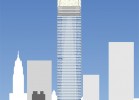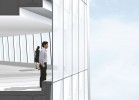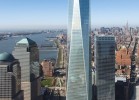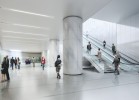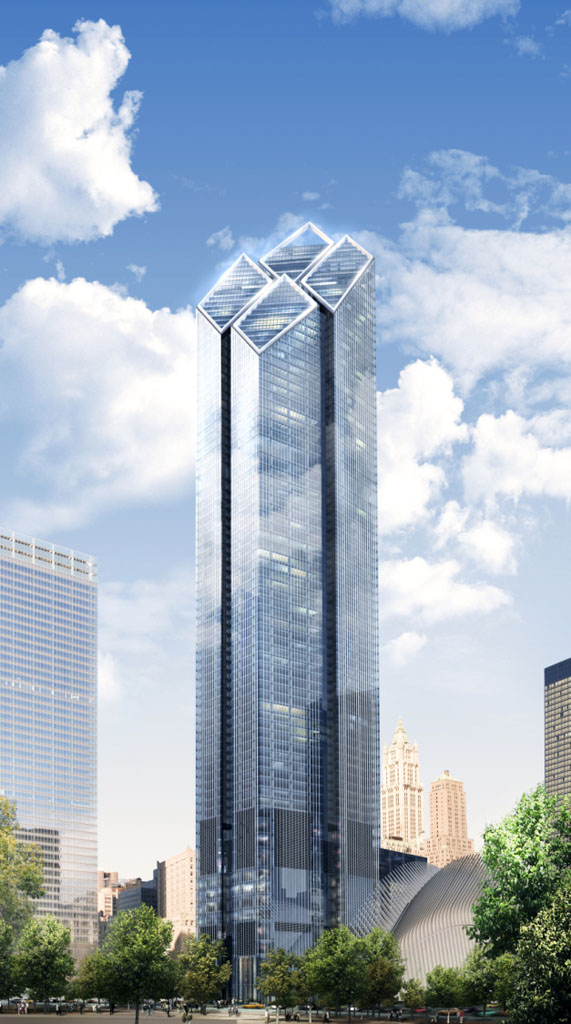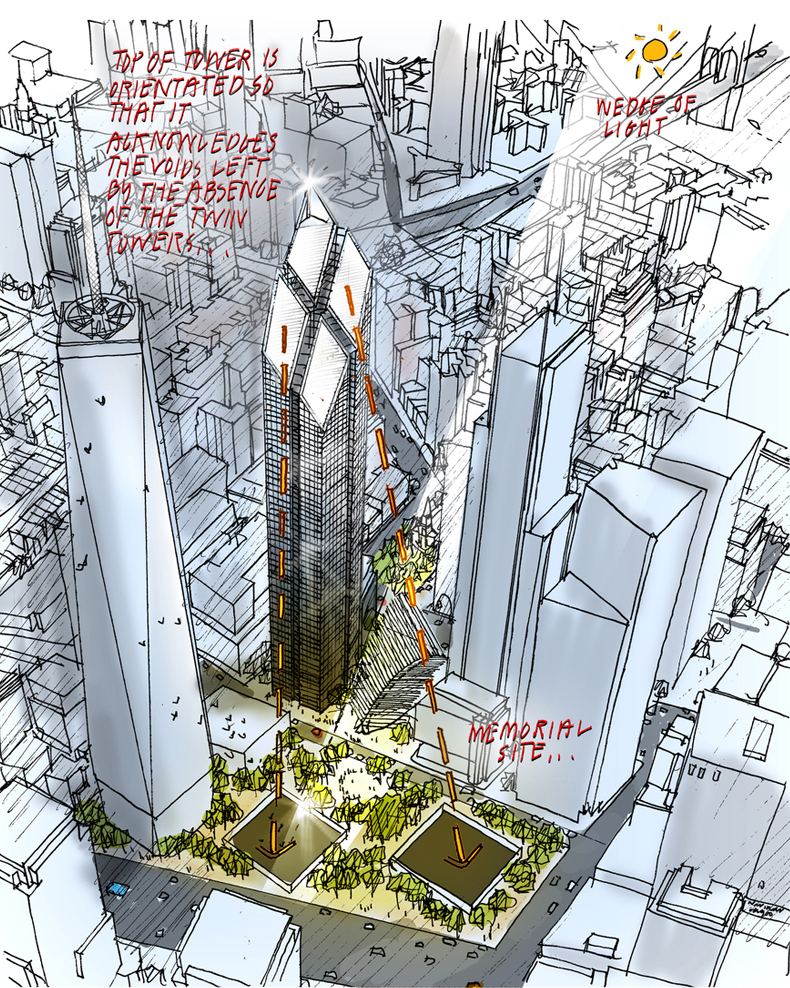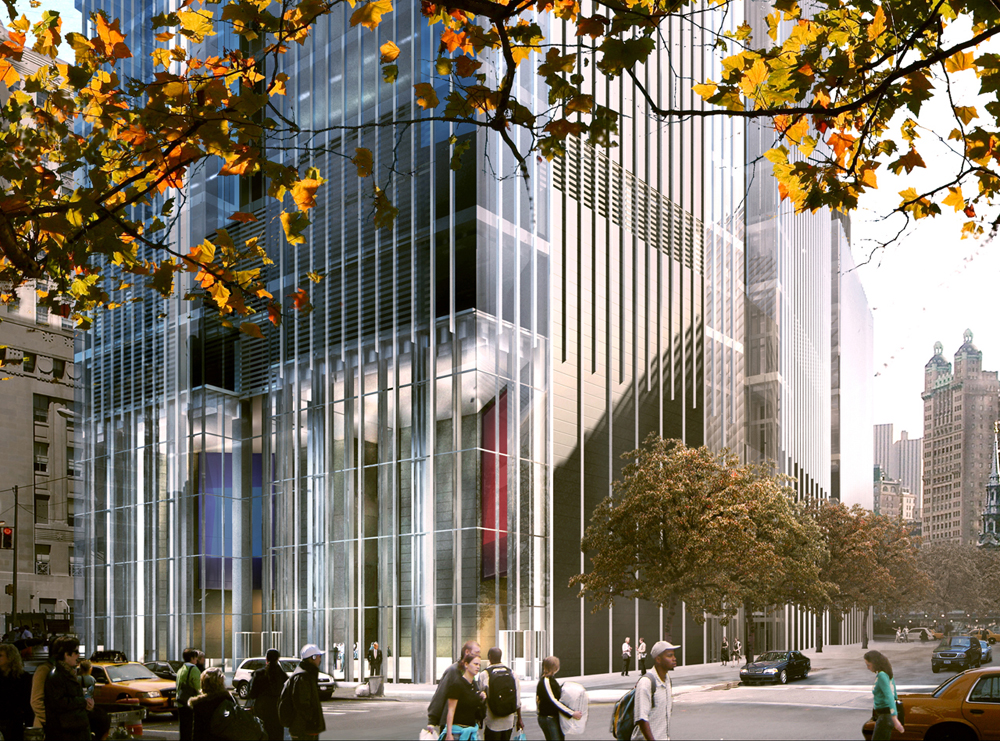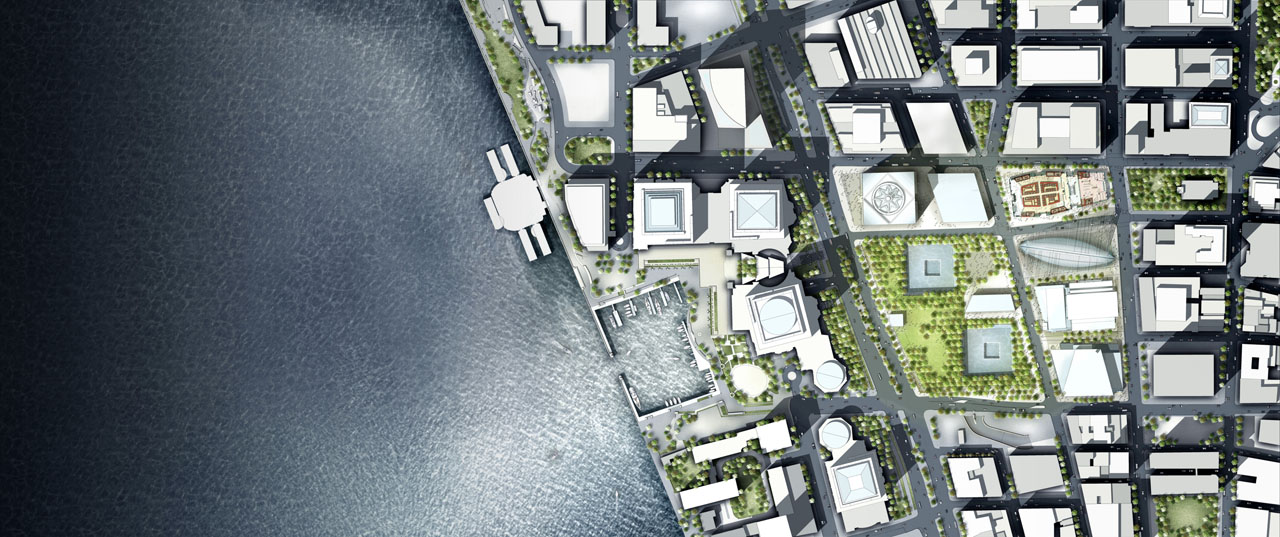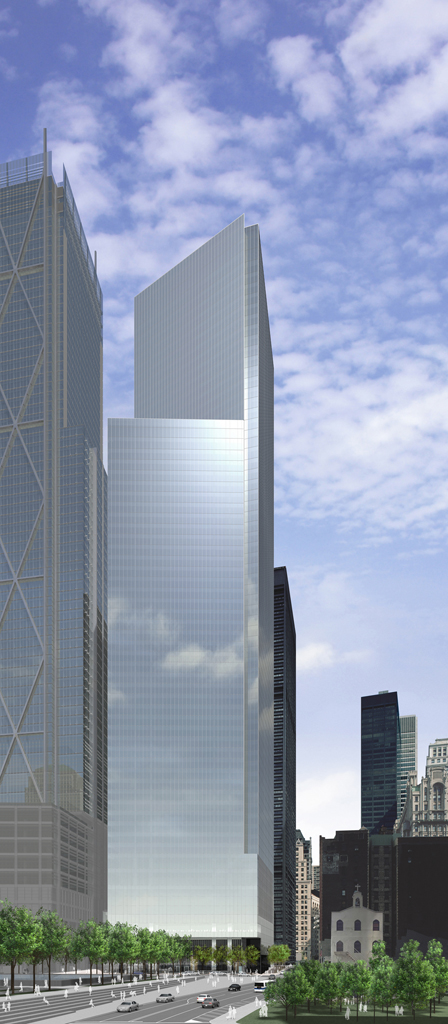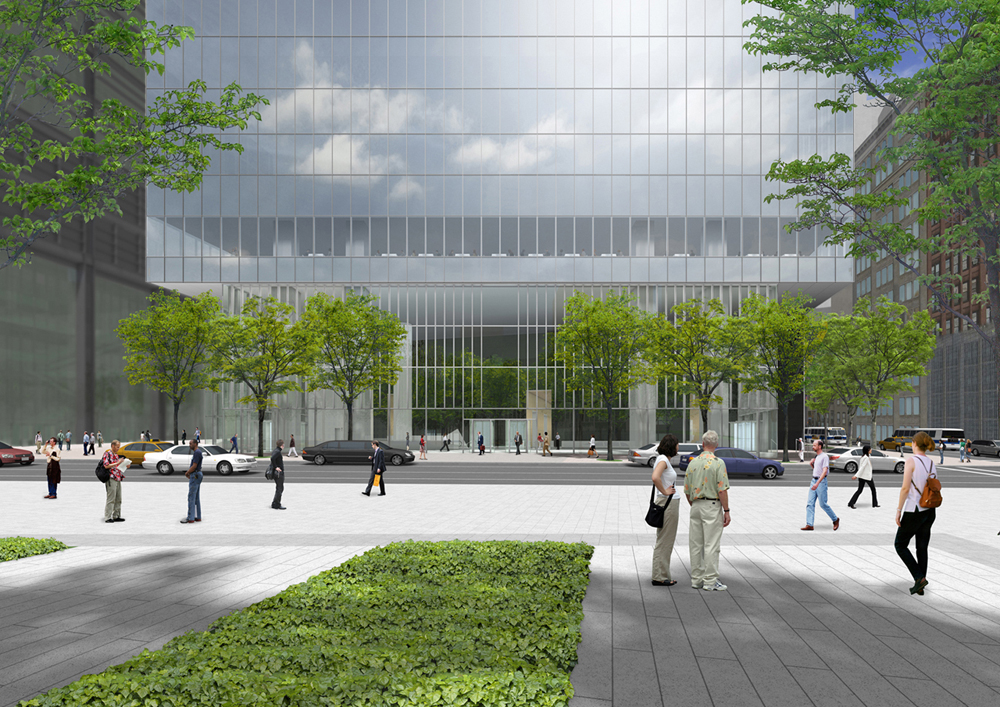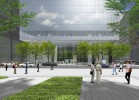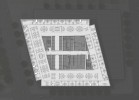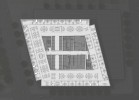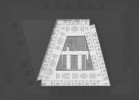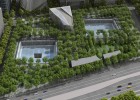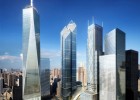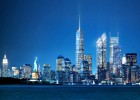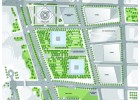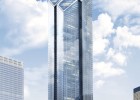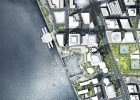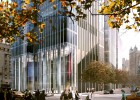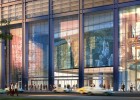Ground Zero: Surveying Progress at the World Trade Center
Video
September 2011 marked the 10th anniversary of the 9/11 attacks. Although the design of the World Trade Center (WTC) site once dominated the news, coverage of the most significant construction site in the country has been quiet. Some might assume that progress is slow, which would be logical, given the complexity of the project: a range of stakeholders are involved, including government agencies, private developers, and civic organizations; nine diverse programs must coexist on only 11 acres; and multiple construction schedules must be coordinated at once.
Much of the progress at the World Trade Center has, in fact, taken place at or beneath the surface, and the first portion – a Memorial Plaza – opened last year, ten years after the attacks. We created a guide to the nine programmatic elements under construction.
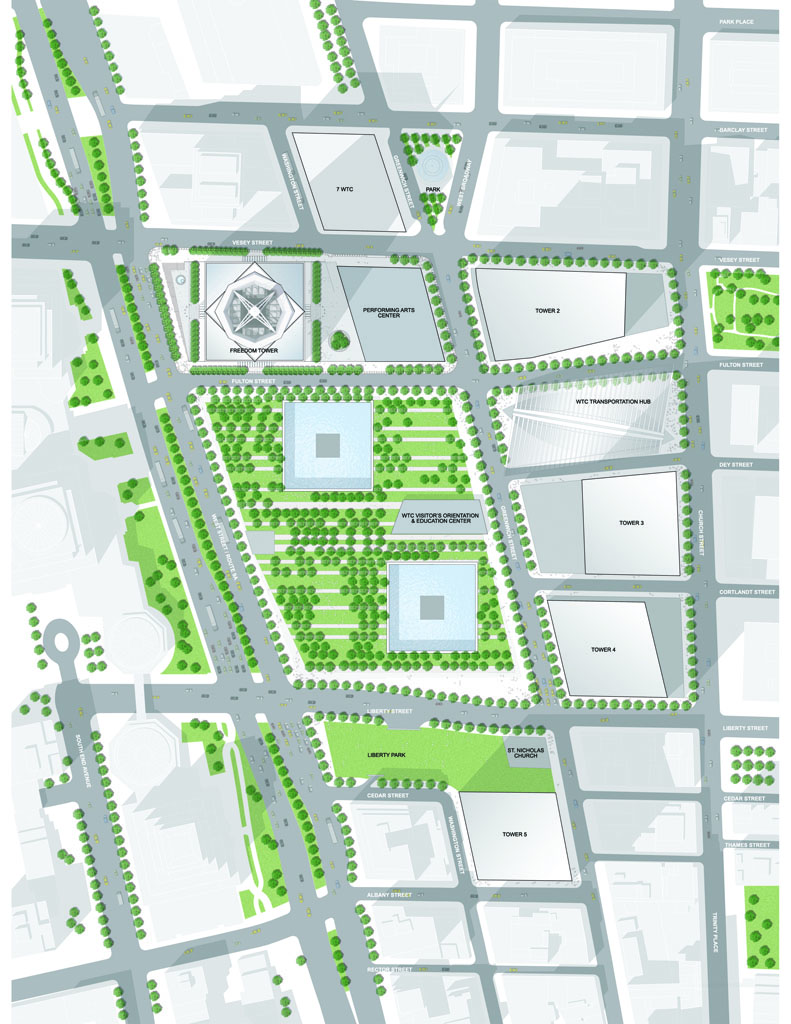
Office Towers
The construction of five new towers will drastically alter Lower Manhattan's skyline, adding over 10 million sq. ft. of office space.

Transportation Hub
The World Trade Center Transportation Hub designed by Santiago Calatrava will rival Grand Central Station in size, serving over 200,000 commuters daily. Calatrava compared the form to a bird being released from a child's hand. Originally, the roof was designed to retract for added light and ventilation, but this feature was eliminated d ue to budget restraints. Construction crews have begun installing a Vierendeel truss that will support the roof, and they have excavated and poured slabs at many levels below grade. The Transportation Hub is scheduled to open mid-2014.
ue to budget restraints. Construction crews have begun installing a Vierendeel truss that will support the roof, and they have excavated and poured slabs at many levels below grade. The Transportation Hub is scheduled to open mid-2014.
Performing Arts Center
A new performing arts center designed by Frank Gehry will bring culture into the mix of Lower Manhattan. It will become the permanent home for the Joyce Theater, a modern dance company, and will also host the Tribeca Film Festival. The project is still in the planning stages but is said to include a 1,000-seat performing arts center and a second stage, rehearsal space, classrooms, and a cafe. Construction has been delayed due to lack of funding, but in October 2010, the Lower Manhattan Development Corporation board voted to allocate $100 million to develop the performing arts center.
Memorial Plaza
At the center of the site, an eight-acre park has been designed by Michael Arad and Peter Walker. Two reflection pools with cascading waterfalls have been sunk within the original footprints of the two former World Trade Center towers. Bronze parapets will be inscribed with the names of victims of the attacks. Over 150 of 400 Swamp White Oak trees have already been planted along the plaza, which will also feature grasses and mosses, flowering ground covers, and cobblestone pavers. The plaza will open on September 11, 2011, to commemorate the 10th anniversary of the attacks.
9/11 Memorial Museum
A metal and glass-clad entry pavilion on the plaza designed by Snøhetta will lead visitors to the 9/11 Memorial Museum below grade, and the pavilion will also showcase the "tridents," two large steel columns salvaged from the original World Trade Center towers. Steel installation for the pavilion is complete and cladding is in progress. The 9/11 Memorial Museum itself is situated among the former foundations of the twin towers, and visitors will make the descent from plaza level all the way down to bedrock. Steven Davis, FAIA, Partner, Davis Brody Bond Aedas – the firm that designed the 9/11 Memorial Museum – explains the sequence and design process:
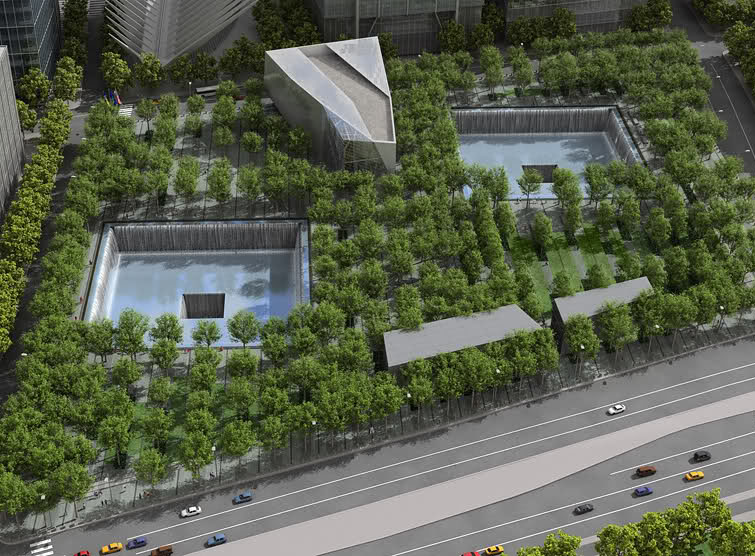
People will engage the site from different perspectives, both emotionally and physically. Some will come for a pilgrimage; others will come for a brief lunch break from work. The sloping procession begins at the plaza, and visitors arrive in Memorial Hall, which is essentially an information and orientation space. At this point, you haven't yet engaged with the enormous scale of the Museum, which is then revealed at the West Overlook and the first siting of the slurry wall. You see the slurry wall from a distance, and you're not really sure what it is, and then it strikes you that this is where it all took place. [Also located in this space is the “Last Column" from the twin towers, which was covered in tributes from workers, rescuers, and family members of victims.]
Next, you proceed along from the West Chamber down the ramp to the East Overlook, at which point you are suspended 25' in the air between where the two towers stood. Then you descend by stair or escalator down to bedrock. The major exhibits will be located within the towers' footprints. Experiencing this w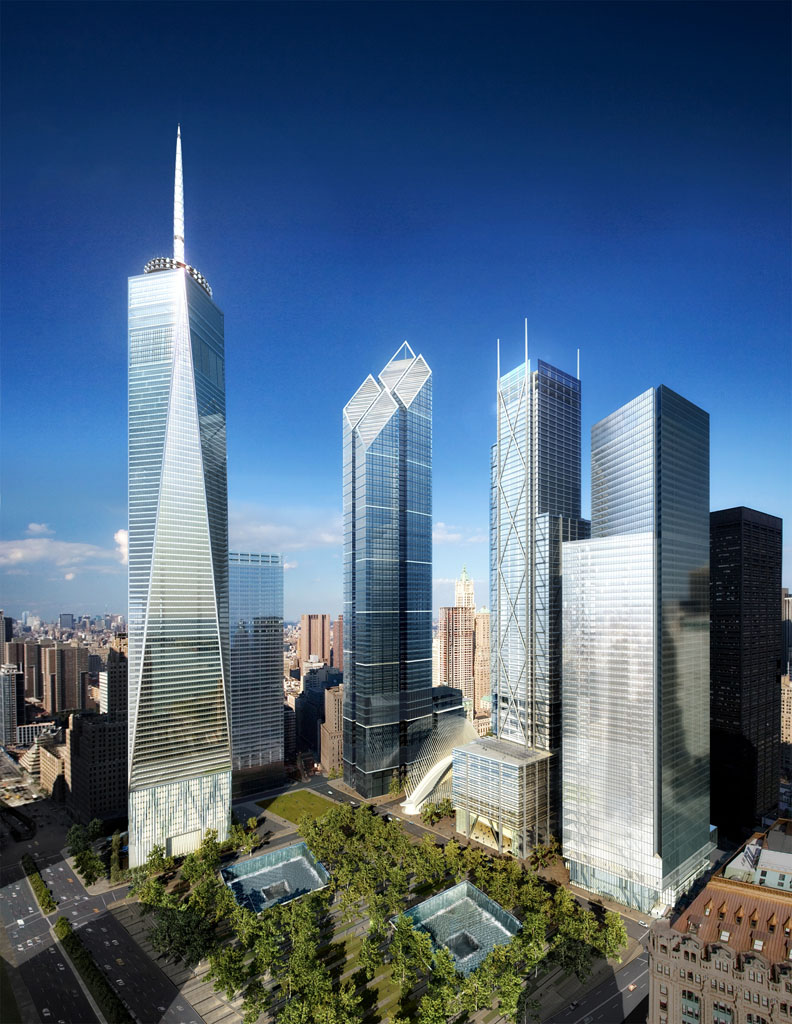 hole sequence could take 15 minutes or less, but more likely, an in-depth visit could take a couple of hours. When it's time to leave, you ascend to Memorial Hall on an escalator. We've consciously separated visitors who have experienced the Museum from those who have not yet experienced it.
hole sequence could take 15 minutes or less, but more likely, an in-depth visit could take a couple of hours. When it's time to leave, you ascend to Memorial Hall on an escalator. We've consciously separated visitors who have experienced the Museum from those who have not yet experienced it.
The concept for the spatial consequence of the Museum is based on the fact that we have not intervened in terms of the scale or the authenticity of the spaces. We inherited a series of program elements for this project: bedrock serves as the floor, the slurry wall defines the west enclosure, the Memorial Plaza is the roof, and the PATH station forms the east enclosure. We've done nothing to reduce the impact of the rawness of these spaces; in fact, we've tried to optimize the impression of scale. We don't want to bias any of the events, and we don't want to be overly influential in terms of emotion and context -- we're allowing it to reveal itself.
A traditional museum is an icon which houses exhibits, but this museum is the inverse -- it is, in fact, an exhibit, which is the icon. We learned a new way of thinking about museums and how to communicate and provide information. Interestingly, we are at the site of the atrocity, which is, of course, the most significant thing about the Memorial Museum; it is unlike the Vietnam Memorial in Washington, D.C., and the Memorial to the Murdered Jews of Europe in Berlin, which are removed.
The construction of the below-grade Museum is quickly progressing, and it will open on the 11th anniversary of the attacks, September 11, 2012.
Ground Zero: Surveying Progress at the World Trade Center

Murrye Bernard
Murrye is a freelance writer based in New York City. She holds a Bachelor's degree in Architecture from the University of Arkansas and is a LEED-accredited professional. Her work has been published in Architectural Record, Eco-Structure, and Architectural Lighting, among others. She also serves as a contributing editor for the American Institute of Architects' New York Chapter publication, eOculus.
Website: www.murrye.com


